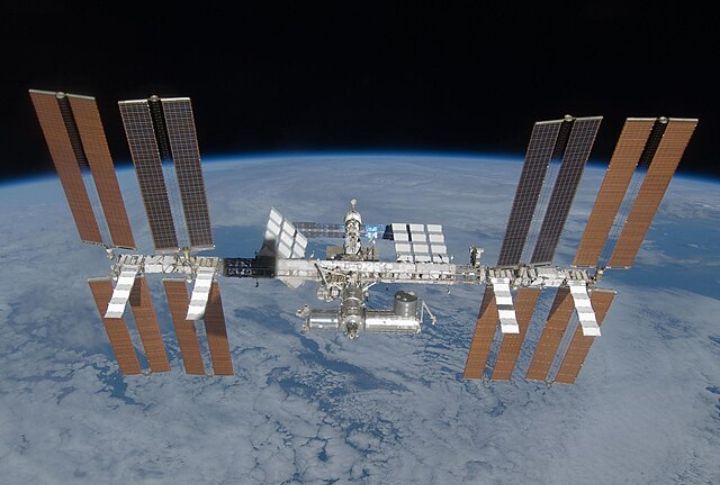
When it comes to infrastructure, bigger often means better. However, some projects take the concept of “big” to a whole new level. Imagine structures so vast and expensive that they reshape entire regions or even the world. These extraordinary feats of engineering are pushing the boundaries of what’s possible.
The International Space Station
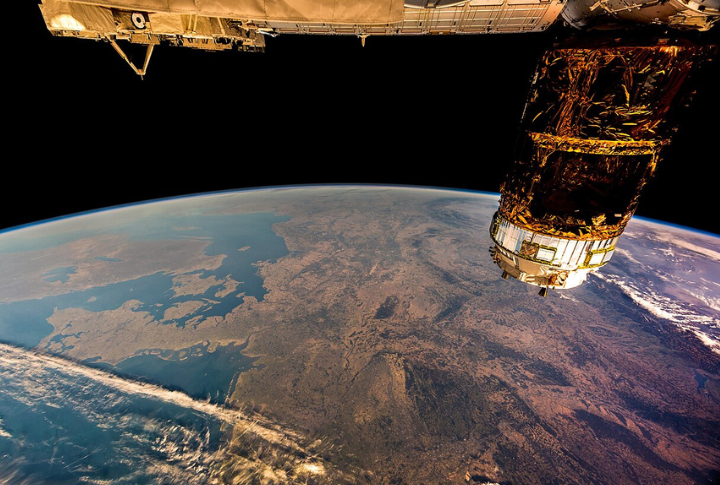
The International Space Station, at over $100 billion, is the most expensive engineering feat ever created. This collaborative project involves multiple countries, including the US, Russia, and Europe. As a research and space exploration hub, it facilitates scientific experiments in microgravity and space conditions.
The California High-Speed Rail (US)

California’s high-speed rail will connect major cities like Los Angeles and San Francisco, increasing travel times by under three hours. This project will offer an environmentally friendly transportation alternative to car and air travel. The first part of this project is estimated to cost $106.2 billion as of 2024.
Chuo Shinkansen (Japan)

Japan’s maglev train project, the Chuo Shinkansen, will cost about $82 billion. Expected to revolutionize transportation, it will reduce travel time between Tokyo and Nagoya to under 40 minutes. In addition, the maglev system will be the fastest commercial train in the world, reaching up to 603 km/h.
Al Maktoum International Airport (Dubai)
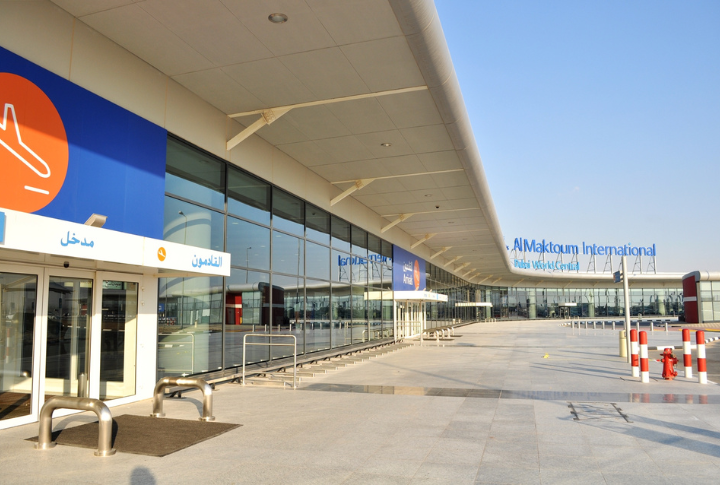
The Al Maktoum International Airport will incorporate state-of-the-art facilities and a capacity to handle 160 million passengers annually. Because of its expansive design, the airport will feature multiple terminals with advanced transport links to accommodate the growing demand for air travel. The project is expected to cost around $35 billion.
The Three Gorges Dam (China)
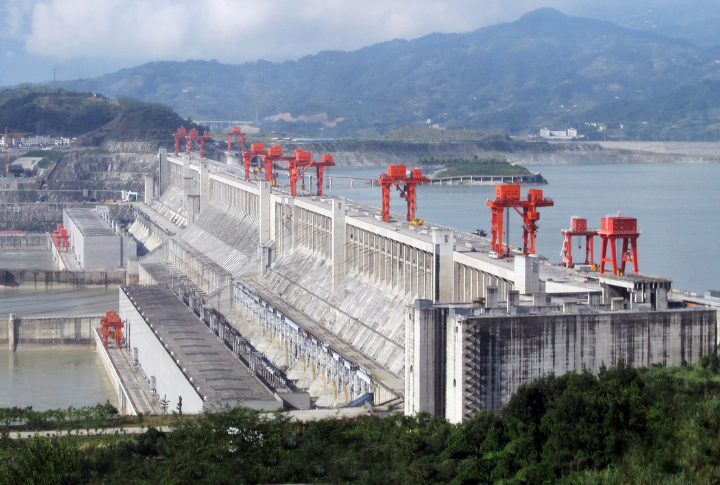
At $31 billion, the Three Gorges Dam is the largest hydroelectric power station in the world. In addition to its massive scale, which generates 22,500 MW, it provides power to millions while controlling floods. Furthermore, the project helped improve river navigation, although it required the displacement of over a million people.
London Crossrail (UK)

Crossrail is Europe’s largest infrastructure project, designed to ease congestion in London. With a final cost of approximately €18.8 billion ($19.477 billion), it introduces new rail links that will serve millions of passengers. The Elizabeth Line, as it is now called, stretches over 100 kilometers and also connects Heathrow Airport to the eastern suburbs of London.
The Beijing Daxing International Airport (China)

This airport is one of the most technologically advanced facilities in the world. Designed to handle over 72 million passengers annually, its sprawling terminal and innovative design represent China’s commitment to improving global connectivity and pushing the boundaries of infrastructure. The total investment for this project was $17 billion.
The Big Dig (US)
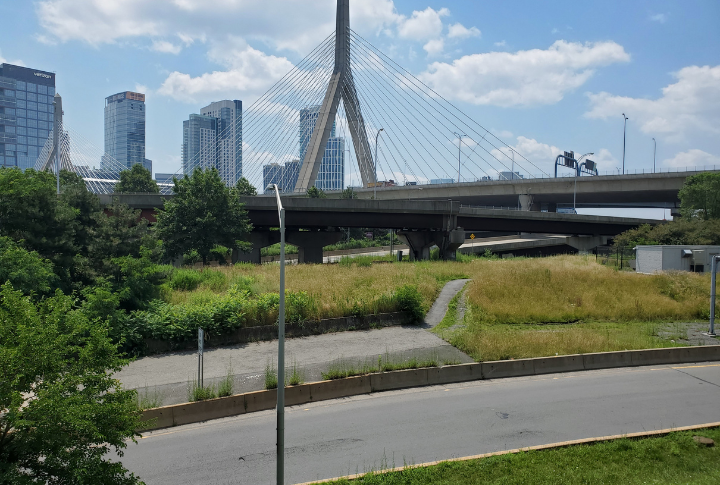
The Big Dig project involved rerouting highways beneath Boston’s city center, costing over $8 billion in 2007. It is an ambitious effort to alleviate traffic congestion and improve the city’s infrastructure. Despite facing numerous delays and cost overruns, it remains one of the most complex urban projects ever completed.
Suez Canal Expansion (Egypt)
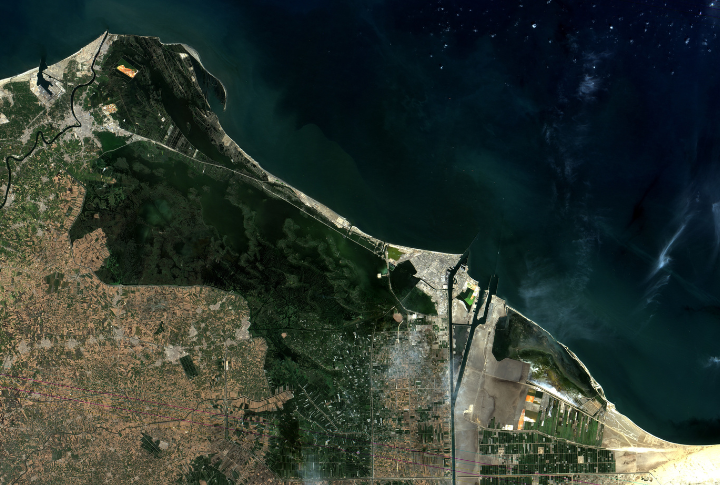
Not only has the Suez Canal expansion increased its capacity to accommodate larger ships and reduce congestion, but it has also significantly enhanced global trade. The $8.08 billion expansion has streamlined one of the world’s busiest trade routes by shortening the time ships pass. This project benefits economies worldwide by improving the flow of goods between Europe and Asia.
Dubai Creek Tower (UAE)

Set to surpass the Burj Khalifa, the Dubai Creek Tower is projected to cost $1 billion. Designed to dominate Dubai’s skyline, it is conceptualized as a cultural and lifestyle landmark and is integrated into the larger Dubai Creek Harbour project. Its architectural design features a spiral shape and is expected to stand taller than 828 meters.
